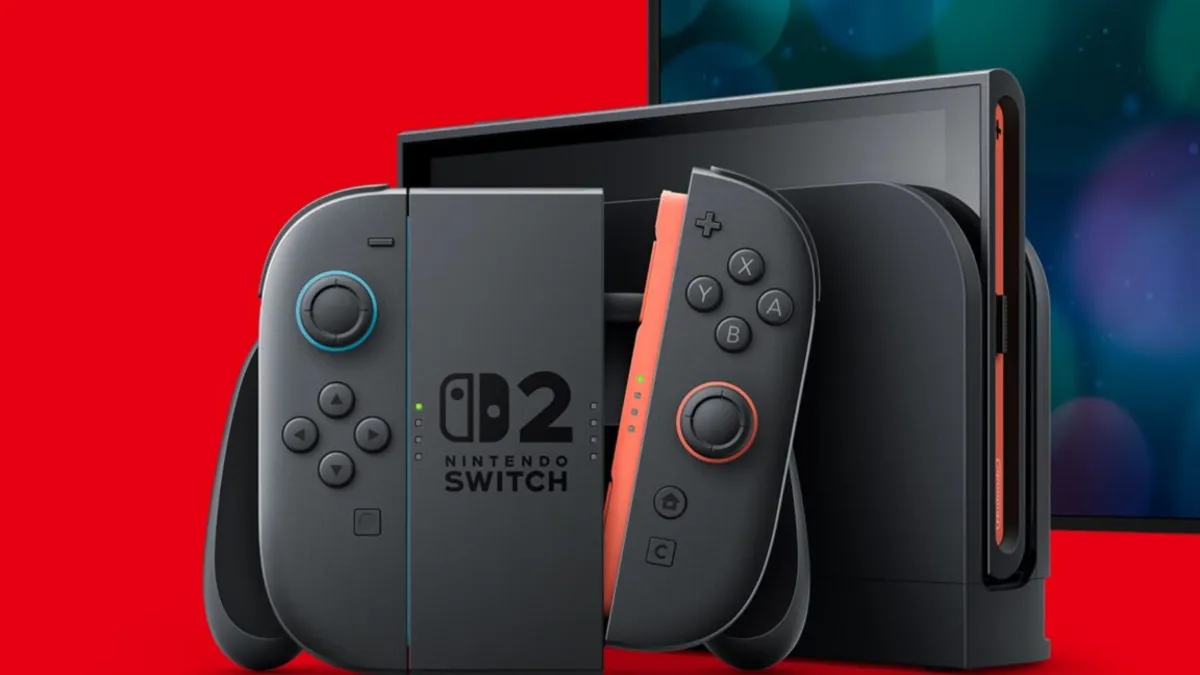
For many gaming enthusiasts, the decision to purchase a new game console has typically been delayed for a couple of years post-launch. This strategy was often rooted in the desire to ensure a robust library of games and to observe which console would dominate the market in terms of first-party exclusives and third-party developer support. However, a significant factor in this waiting game was the historical trend of game consoles becoming more affordable over time.
From the days of the Atari VCS in the 1970s through to the PlayStation 4 and Xbox One era in the 2010s, price drops were a given. Consumers could expect not just lower prices but also internal upgrades and external redesigns—think slimmer or improved versions of consoles that often enhanced user experience, albeit occasionally at the cost of removing less-used features. Unfortunately, this pattern has come to a halt.
The last significant price reduction for a major console occurred in 2016 with the launch of the PS4 Slim, which lowered the entry price from $349 to $299. This does not include newer editions with reduced features, such as the New Nintendo 2DS in 2017 or the all-digital Xbox One at $249 in 2019. In stark contrast, the current generation has witnessed a phenomenon unheard of just a few years ago: price increases. Notable examples include a $50 hike for the OLED Nintendo Switch in 2021, a $50 increase for the slimmer, disc-less PlayStation 5 in 2023, and an $80 to $100 rise for the unchanged versions of the Xbox Series S and Xbox Series X.
These price hikes stem from multiple intertwined causes, including inflation, pandemic-induced supply chain issues, unpredictable trade policies from the Trump administration, and a gradual shift among console manufacturers away from a model of selling hardware at a loss, expecting game sales to subsidize costs. Furthermore, the relentless pursuit of profit by corporate shareholders can't be overlooked.
A critical aspect of the current gaming landscape is the concept of Moore’s Law. Coined by Intel co-founder Gordon Moore in 1965, this principle suggested that the number of transistors on a chip would double approximately every two years. This observation held true for four decades due to significant advancements in manufacturing processes that allowed chip producers like Intel, AMD, and TSMC to consistently increase transistor density.
While some tech executives may declare Moore's Law "dead," the reality is that progress in manufacturing technologies has significantly slowed, and developing new methods has become increasingly costly and time-consuming. Consequently, this stagnation has led to a reduction in the drastic internal redesigns and price drops that consumers previously anticipated.
The technical side of this shift involves the concept of die shrinks. When manufacturers can fit more transistors into a given area, power consumption typically decreases, allowing for more efficient chips. In gaming consoles, however, the benefits of these improvements manifest differently, as these devices are designed to be stable platforms for developers. As a result, when chips are miniaturized, the advantages translate into smaller physical components with reduced power draw and heat output.
Historically, game consoles have thrived on die shrinks. For instance, during the late 90s and early 2000s, notable redesigns like the PlayStation 2 Slim and the Xbox 360 showcased significant changes in hardware and form factor. The PS2 saw its price drop from $299 at launch to just $129 by 2006, largely due to these advancements.
Similarly, the Xbox 360 underwent several iterations, where the transition from larger chips to smaller ones led to a decrease in power supply needs and a reduction in retail price from $300 to $200. These changes not only enhanced performance but also eliminated notorious issues like the red ring of death, which plagued earlier models.
With the latest generation of consoles, the trend of significant die shrinks has slowed considerably. While the PlayStation 5 and Xbox Series consoles have seen some minor hardware tweaks, the noticeable benefits of these changes have diminished compared to previous generations. As inflation continues to rise, the comforting notion of stable prices for gaming consoles is fading fast.
Similar trends are observable in the PC gaming market, where new generations of GPUs and CPUs often come with increased prices rather than improvements at lower costs. This shift has compelled companies like AMD to keep older platforms alive longer than expected, as the newer alternatives remain too costly for many consumers.
As the gaming landscape evolves, the days of reliably waiting for price drops and enhanced hardware appear to be over. In fact, just last week, I pre-ordered a Nintendo Switch 2, marking the first time I purchased a brand-new console on launch day. The rationale behind this decision is simple: I believe that technological advancements will not yield significant improvements, and prices are unlikely to decrease in the near future.
As we navigate this new era in gaming, it's clear that the patterns established over the past 40 years are no longer applicable. The landscape is changing, and gamers must adapt to this new reality of potential price increases and diminished returns on their gaming investments.